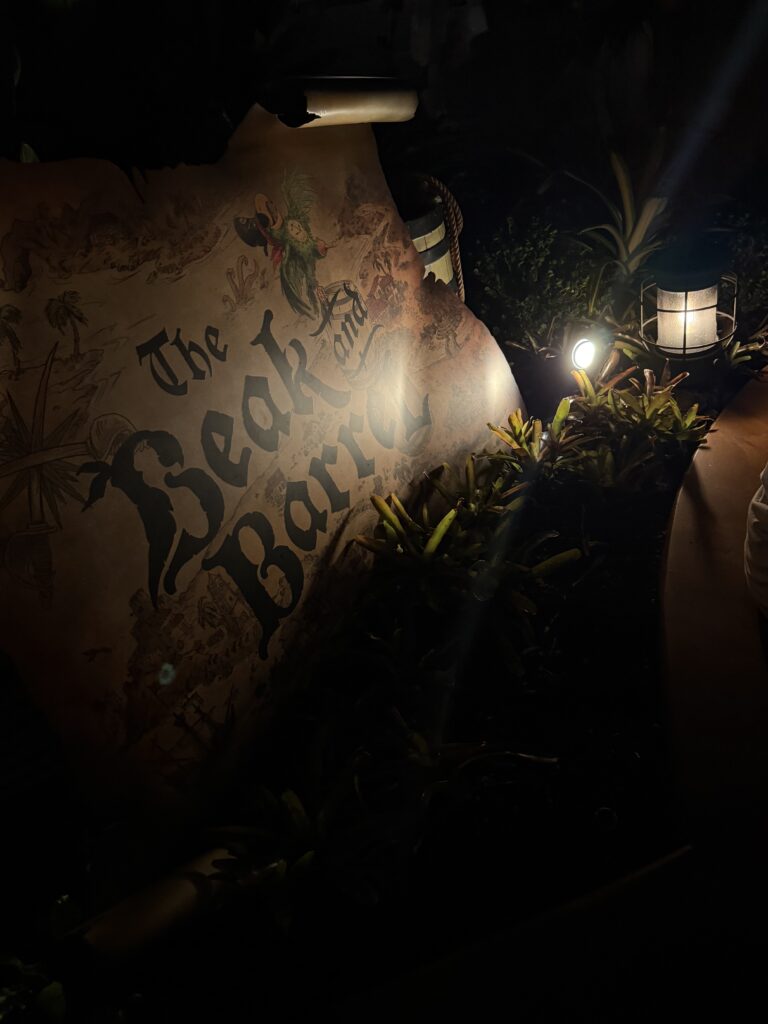Overview
Introduction
Barre (pronounced BARE-ee) was known as the "Granite Capital of the World" during the 1800s. The downtown of this small city 35 mi/55 km southeast of Burlington still stands as one of the finest collections of granite buildings in New England, and Hope Cemetery has one of the most incredible displays of granite memorial statuary in the U.S.
Visit the Barre Museum, located in the Aldrich Library, which has exhibits depicting local history. Also, take a look at the impressive 19th-century Barre Opera House, or attend a concert or play there.
Just outside of town, in Graniteville, you can visit the Rock of Ages granite quarries. The guided tour takes you from the blasting of the quarry walls to the polishing of the heavy blocks of stone.
Overview
Introduction
One of New Jersey's most interesting natural areas is the Pine Barrens, the largest tract of preserved open space between Washington, D.C., and Boston, covering some 1.1 million acres, or 22% of the state's land area, with an enormous underground aquifer that could easily serve all the water needs of New York City. The area includes state forests, cranberry bogs and several varieties of rare orchids. (In an unusual ecological twist, the Pine Barrens has dwarf forests in which the trees, including scrub oaks and pitch pines, grow to an average of only 5 ft/1.5 m. The reason for their stunted size isn't clear.) The area is also reputed to be the home of the legendary Jersey Devil, a winged creature said to emit an unearthly screech and to possess characteristics of various animals. Jersey Devil sightings are an intrinsic part of local lore and have been documented in a number of books.
A favorite attraction for Pine Barrens visitors is Batsto Village, a restored ironworks community near Hammonton. At Whitesbog Village, near Browns Mills, you can also visit cranberry bogs and learn about the history of the area's cranberry and blueberry industries. Nature lovers will find the preserve an ideal place for hiking and camping, the highlight for hikers being the 50-mi/80-km Batona Trail, which runs from Ong's Hat in the Brendan T. Byrne (formerly Lebanon) State Forest through Batsto and Wharton State Forest and into Bass River State Forest. Canoeing is also possible on the Mullica, Wading and Oswego rivers. (Pineland Adventures allows you to examine the natural wonders of the Batso River up close.) The best times to go canoeing in the Pine Barrens are the spring and fall. And for a real taste of "Piney" life, stop at Buzby's General Store before or after your canoe trip. To learn more about the Pine Barrens' unique culture ecology, read John McPhee's excellent book The Pine Barrens. The Pine Barrens begins approximately 70 mi/115 km south of Newark.











































